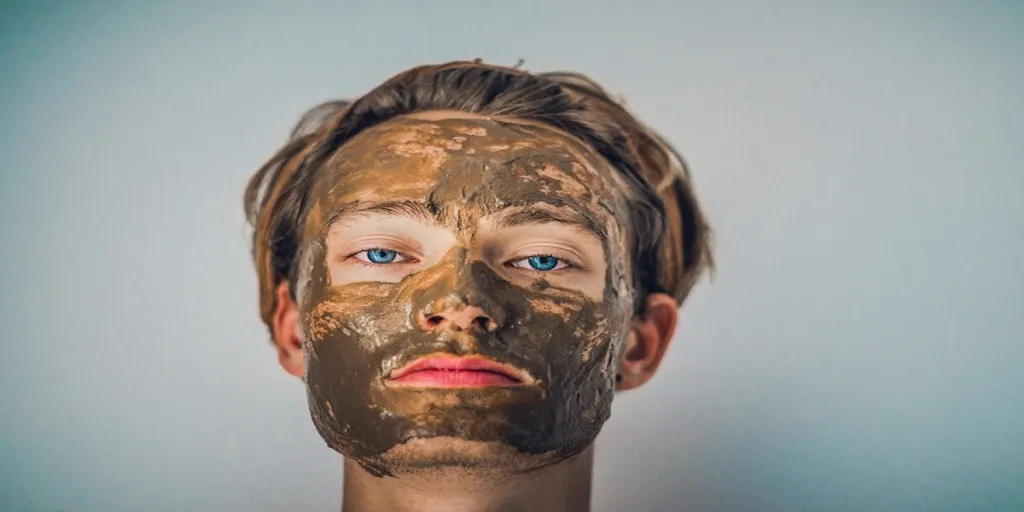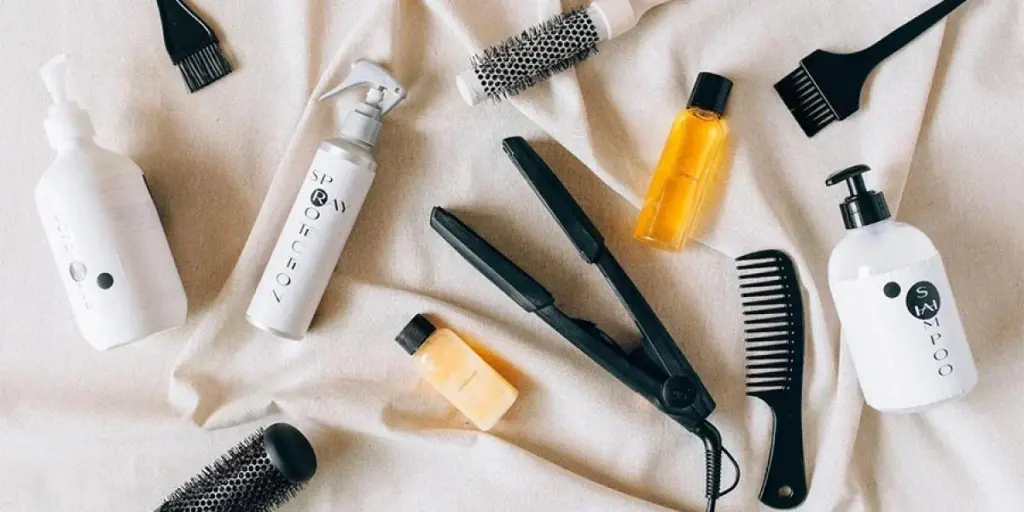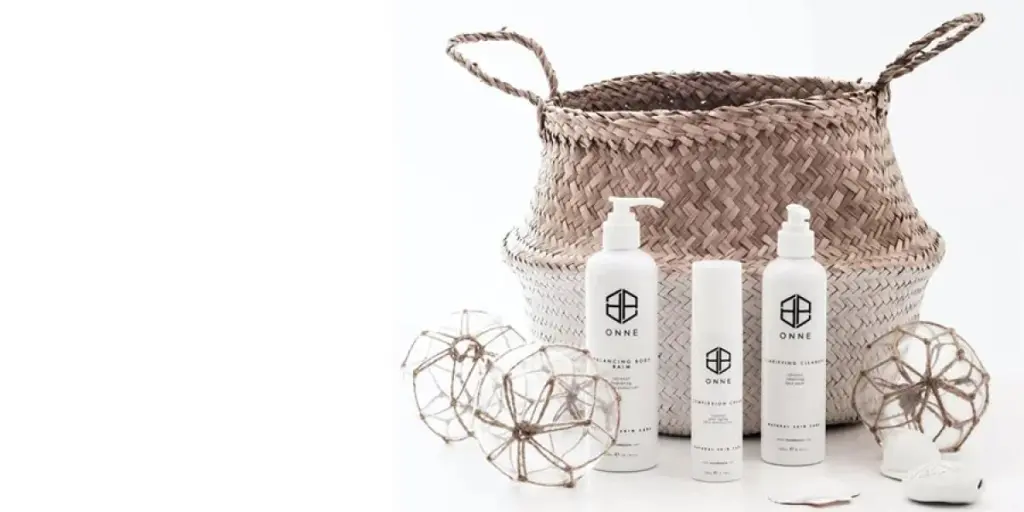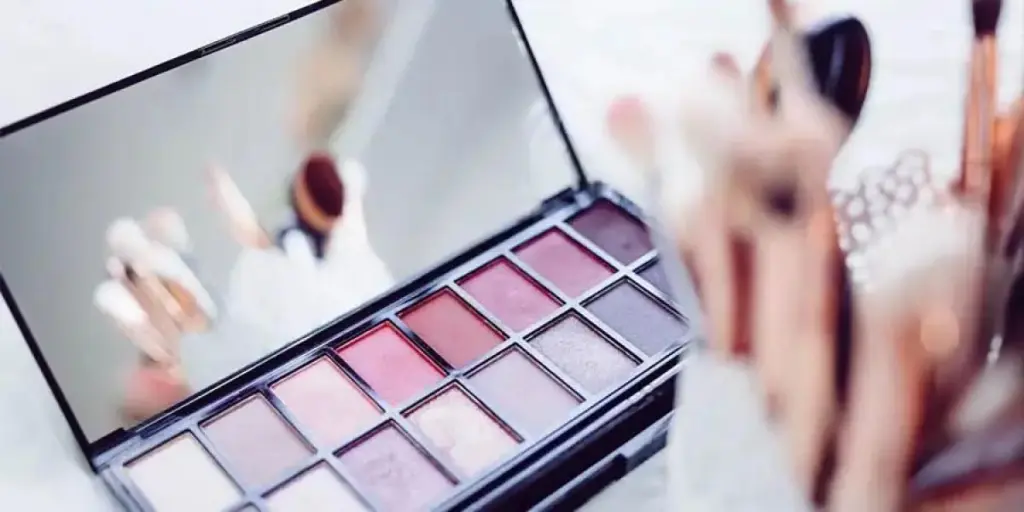From early-morning routines to late-night cleansing, facial masks are integral to every beauty-conscious consumer’s life. These masks do many things for the skin, handling everything from excess sebum to early aging signs.
However, purchasing facial masks is not always that easy, because they come in a range of shapes and forms. Luckily, this article will highlight what’s behind the demand for facial masks, as well as offering three key tips to ensure retailers stock up on the best options for the year ahead!
Table of Contents
Will the facial mask market remain profitable in 2024?
Why do consumers love facial masks?
Three tips to help businesses offer irresistible facial masks in 2024
Rounding up
Will the facial mask market remain profitable in 2024?
The global facial mask market is expected to cross USD 11.45 billion by 2032, growing from USD 6.8 billion in 2022 at a 5.1% compound annual growth rate (CAGR). Beauty facial mask sales accounted for almost 4.3% of the global skincare industry in 2021.
The increased awareness of skincare and increased spending on related products will also boost market growth over the forecast period.
- Category-wise, clay masks dominate the industry (40.3% in 2022) due to their high dirt and oil absorption.
- Online channels are also helping to propel the facial mask industry, as nearly 81% of purchases happened through digital platforms.
- Asia Pacific is leading the regional market, with China emerging as one of the largest markets for facial masks. Europe and North America are keeping pace, accounting for 28.9% and 23.6% of the market share 2022.
Why do consumers love facial masks?
Facial masks have completely changed the beauty game globally, even for those without the time for intricate skincare routines. These masks are now on every beauty enthusiast’s radar because they’re super effective, easy to use, and offer incredible variety.
Even better, facial masks come in sleek, compact packages, making them fantastic for bridesmaid gifts, overnight skin-saviors, and self-care treats. More importantly, there’s likely a facial mask for every skin type and concern.
These products are very popular, and their momentum is not stopping soon. Based on Google Ads data, 673000 consumers are already searching for facial masks in 2024! So, it’s evident that their benefits keep them in the hearts of many women (and beauty-focused men).
Three tips to help businesses offer irresistible facial masks in 2024
1. Know the different types of face masks
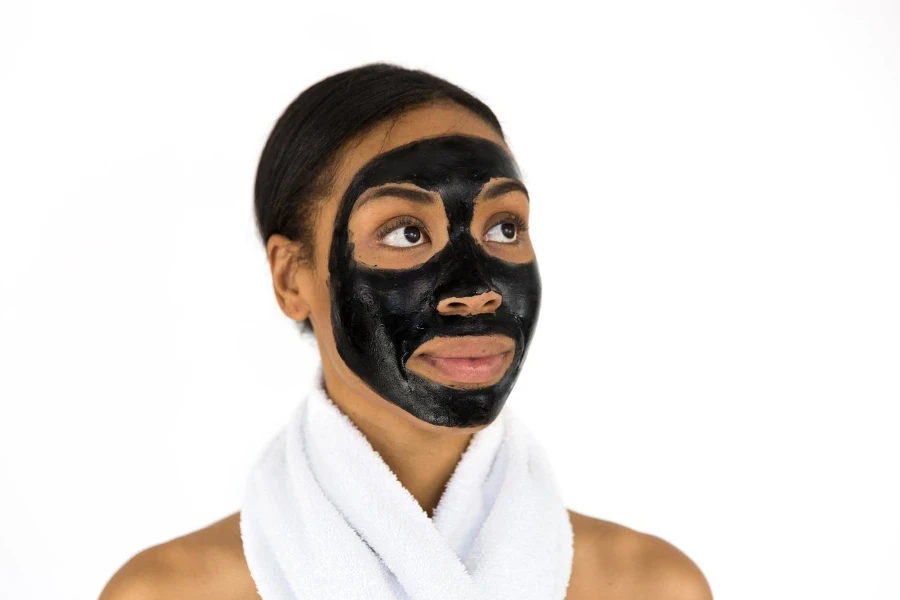
Since facial masks are one of the most popular ways to refresh the skin, it makes sense that manufacturers will come up with various types for different preferences. That said, businesses can determine the best kind by asking a few questions such as: Would consumers want one that is easy to use? Do they prioritize intensity over convenience?
Use the answers to these questions to determine the best type for target consumers from the table below:
| Facial mask type | Description |
| Sheet masks | Many people love sheet masks for how easy they are to apply and remove. Manufacturers often pack these masks with antioxidants, making them attractive to consumers with various skin concerns. In addition, sheet masks can offer a cooling experience and boost calming effects when users place them in a refrigerator. |
| Clay masks | These masks may sound unsightly, but they offer various skincare benefits. Made of clay, mud, or sulfur, clay masks are the go-to for removing excess oil and dirt. Clay masks are also great for minimizing impurities and exfoliating the skin. |
| Peel-off masks | If consumers want something less messy than clay masks but with the deep clean benefits, they can turn to peel-off masks. Most results also show that peel-off masks hydrate the skin better than standard lotions. |
| Hydrogels | These masks feature thick gels that nourish the skin with intense ingredients. They’re the best options for eye masks and other spot treatments because they help improve hydration (especially when blended with collagen peptide). |
| Cream masks | These masks are similar to sheet masks but require rinsing off to remove from the face. They can handle skin brightening, hydration, combat blemishes, and reduce the appearance of wrinkles. |
| Sleep masks | These masks are like moisturizers with thicker formulas. Consumers can use them to nourish their skin while deeply sleeping at night. Sleep masks are especially handy in winter months. |
2. Factor in the consumer’s skin type and concern

After settling on the best kind of mask for target consumers, the next step is picking the ones with the best ingredients for their skin type. As a rule of thumb, sellers must always prioritize hypoallergenic, dye-free, paraben-free, and fragrance-free facial masks.
Then, they can choose from the following ingredient list, depending on their target’s skin type and concern.
| Skin type and concern | Description |
| Dry skin | Consumers with dry skin will need facial masks containing hyaluronic acid. It’s an active ingredient that handles skin moisturizing and rejuvenation. |
| Aging skin | Consumers with early signs of aging, like fine lines and wrinkles, search for masks containing vitamin C. Such masks can also help with hyperpigmentation issues. Vitamin C is popular for its ability to protect against sun damage and boost collagen production. So, offering masks with vitamin C as the active ingredient may help such consumers maintain their youthful glow. |
| Acne-prone skin | If consumers want to fight blemishes or acne, they’ll appreciate masks with salicylic acid as the active ingredient. Salicylic acid is the go-to for soothing irritation and may stop new acne from sprouting. |
| Redness-prone skin | Facial masks with niacinamide are effective in combating rosacea or redness. Studies show that niacinamide is a great ingredient for reducing redness and blotchiness. It can also handle fine lines and hyperpigmentation. |
| Dark spots or pigmentation | While vitamin C and niacinamide can help combat this skin concern, kojic acid is one of the most effective ingredients. Kojic acid will give masks anti-inflammatory and antioxidant properties that help reduce dark spots and pigmentation. Masks with soy are another great option for consumers with this skin concern. |
3. Understand the target’s budget
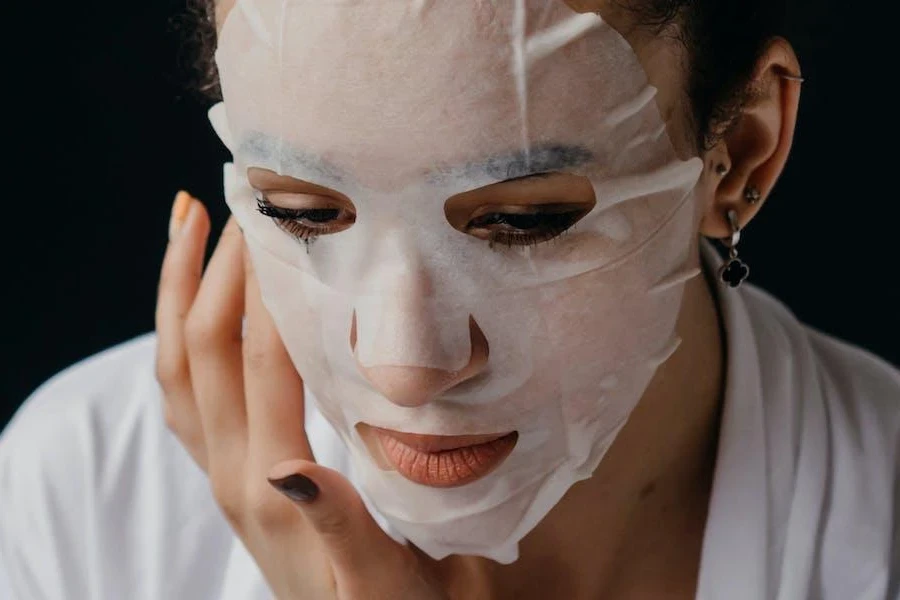
There’s a mask for everyone, regardless of the consumer’s budget. Keep in mind that expensive masks are not always the most effective.
Instead of trying to sell the most expensive or flashiest mask, focus on the specific skincare needs of target consumers. Consumers will see more value in businesses if they offer something that works over something with a high price tag.
Rounding up
Consumers looking to add facial masks to their skincare routine will find they have many choices. But what they’ll choose depends on their skin and preferences. However, businesses can determine what their target customers need and offer irresistible facial mask solutions.
But remember that facial masks only offer temporary fixes. So avoid marketing them as the “solution” to all skin care concerns. Nevertheless, facial masks are a big business, and retailers can leverage the tips discussed in this article to maximize profits from the market in 2024.
